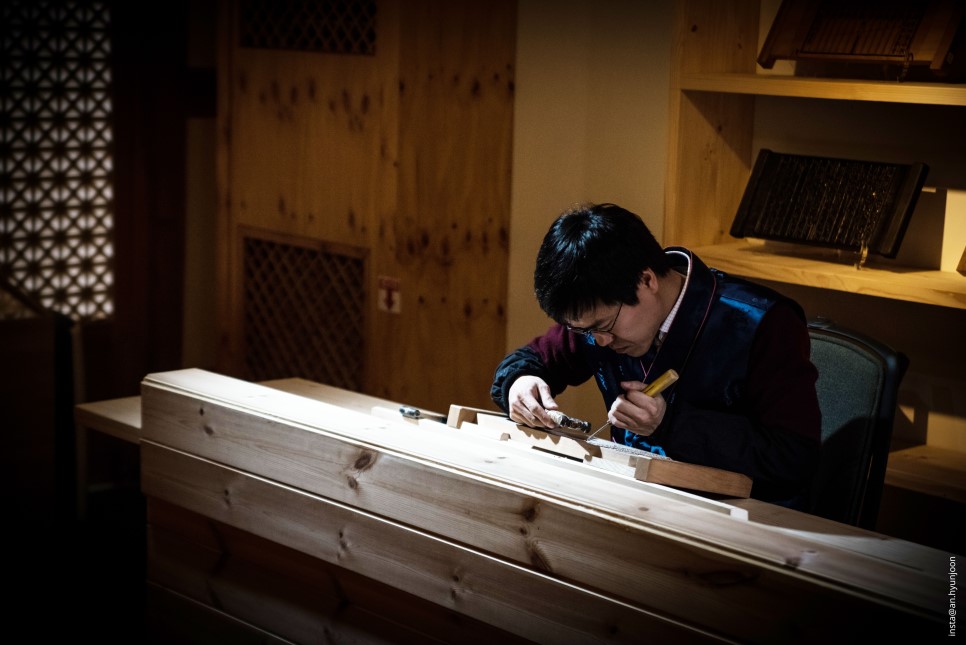Jeonju Wanpanbon Culture Center

Recently, Jeonju Book Festival was held in Jeonju Wanpanbon Culture Center. Although the center is located in the Hanok Village, not many people are familiar with what “Wanpanbon” means. Today, I interviewed Mr. Cho Seung-bin, Director of Jeonju Wanpanbon Center, to learn about Wanpanbon and the center’s activities.


Q1. What is “Wanpanbon?”
A1. Jeonju was called “Wansan” in the past. Thus, “Wanpanbon” means the old books that were published in Jeonju and their woodcut blocks. For centuries, Jeonju had been the center of both public and private sector publishing. Thanks to Wanpanbon, the circulation of classical novels written in hangul (the Korean alphabet created in the 15th century by King Sejong) had increased throughout the country. Therefore, Wanpanbon was significant for its contribution to the dissemination of hangul to the Korean population across classes.


Q2. How are the woodcut blocks of Wanpanbon made?
A2. A woodcut block for publishing was called “chaekpan.” The production of a woodcut block typically required choosing the right wood, processing the wood, and engraving. Then, the woodcut block was ready to be used in copying.


Q3. What does Jeonju Wanpanbon Culture Center do to promote the local publishing culture?
A3. Since October 2011, Jeonju Wanpanbon Culture Center has worked hard to preserve and promote the local publishing culture and history. The center holds both permanent and special exhibitions on Wanpanbon and traditional woodcut blocks. Also, the center runs experiential and educational programs for students, teachers, and general population.

Q4. What is this year’s Hangul-nal (Hangul Proclamation Day) special exhibition?
A4. To celebrate the 572nd Hangul-nal (October 9th), the Wanpanbon Culture Center is holding a special exhibition on Simchung-jeon, one of the most famous Korean classical novel. The exhibition, which will be held until this December, is organised by people who completed courses on traditional Korean woodcut block making.

Q5. The name of the exhibition is “Unexpected Simchung-jeon.” What does this mean?
A5. When we didn’t see something coming, we call it ‘unexpected.’ Probably every Korean is familiar with the plot of Simchung-jeon. But the special exhibition focuses on how, through producing the woodcut blocks depicting Simchung-jeon, we came to re-read Simchung-jeon and to discover the interesting dialects and old expressions. In this manner, we went through an “unexpected” encounter with the Korean classic.

Q6. The Wanpanbon Culture Center must have put a lot of effort to this special exhibition!
A6. Indeed. All employees at the center believe Wanpanbon is the most important cultural heritage of Jeonju. We’re committed to promoting the local publishing culture and make Wanpanbon more familiar to people in a variety of ways. Therefore, we’ve been developing activities that involve the tourists and locals alike. I wish people continue to show interest in this precious cultural heritage.




3 Comments